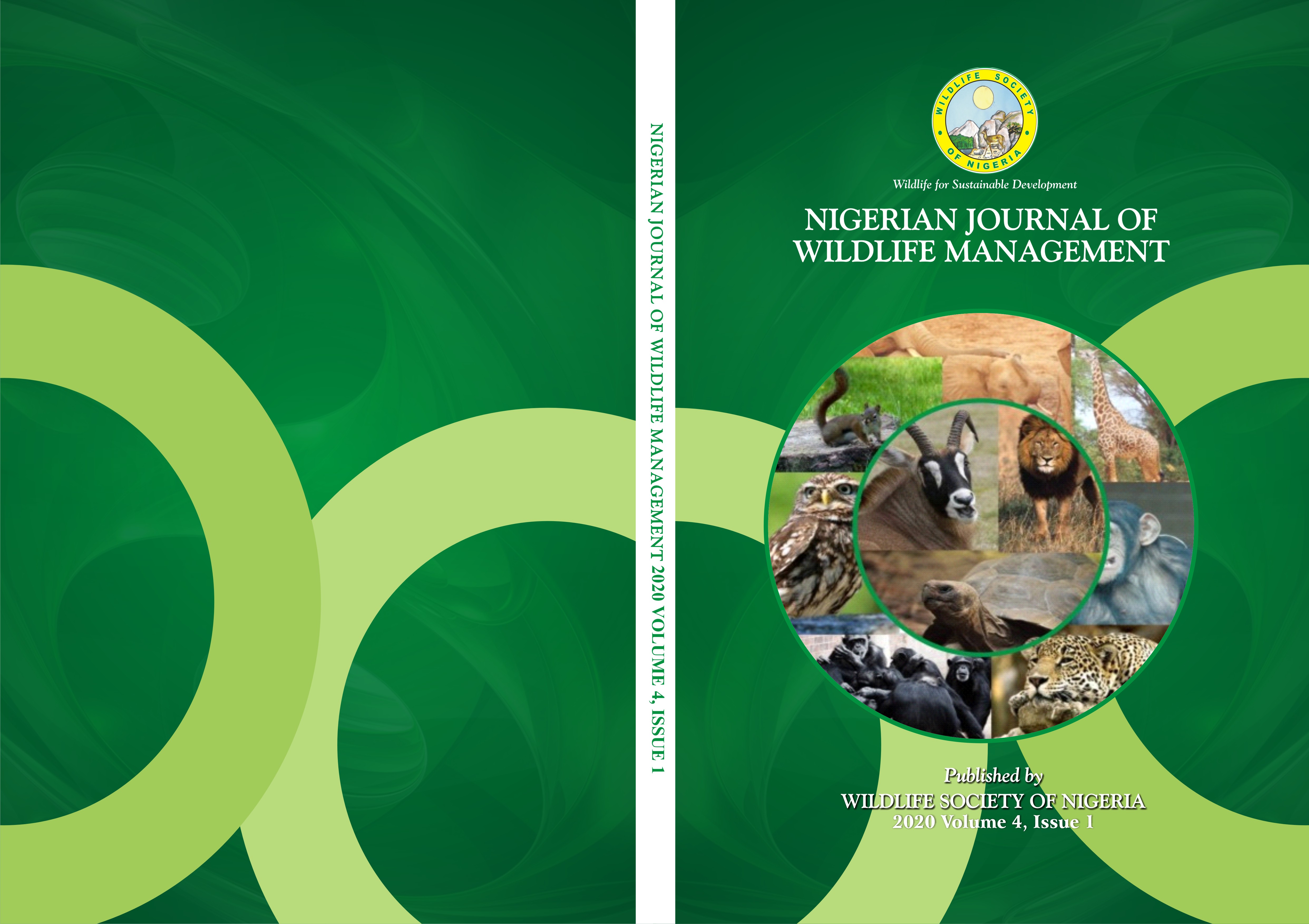Active and Passive Management in Gashaka Gumti and Kainji Lake National Parks, Nigeria
Keywords:
Active and passive management; interventions; biodiversity; conservation valuesAbstract
Numerous global environmental challenges and diverse ecosystems require different approaches to
protected areas management due to various human activities to which they are subjected. Management
approaches in Kainji Lake and Gashaka Gumti National Parks were studied through field observations
and interview methods. Eleven management practices were identified in the two parks, these are:
boundary demarcation; buffer zone management; controlled bush burning; creation of waterholes;
creation of saltlicks; track, trail and road management; antipoaching patrol; research and monitoring;
parachute patrol; erection of viewing hides and transboundary management. 84.21% of the
management practices are active in Kainji Lake National Park while only 15.79% are passive. Active
management constitutes 77.78% in Gashaka Gumti National Park while only 22.22% make up passive
management. Higher levels of active management intervention is needed in the two parks to maintain
specific biodiversity values and to improve services such as ecosystem restoration, game viewing and
accommodation for tourists.

